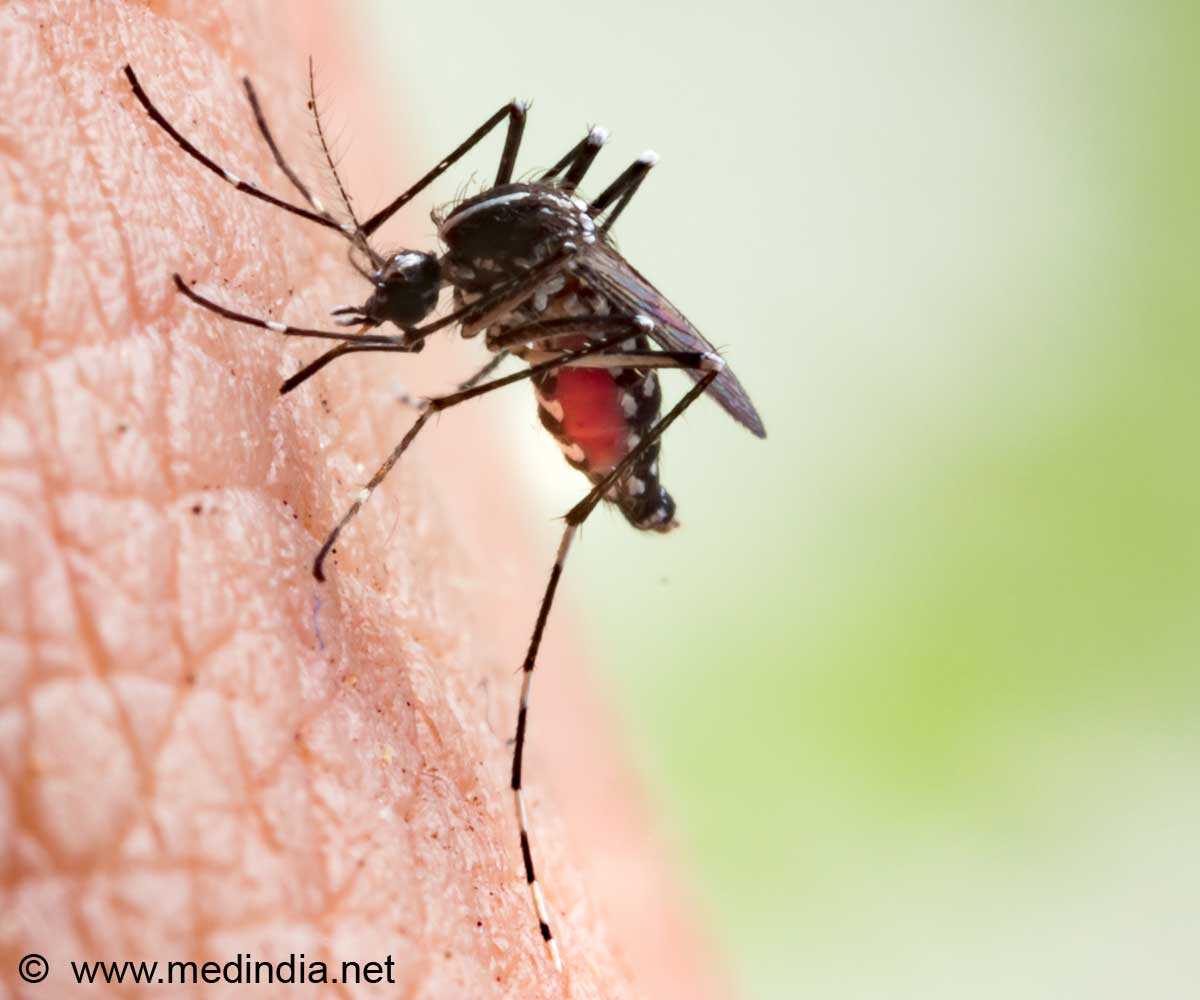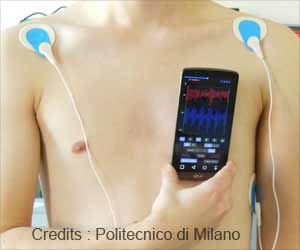The new device (MOPID) attaches to smartphones and co-opts the camera to identify birefringent hemozoin in histological samples.

Despite advances in diagnostic methods, malaria still remains one of the leading sources of death in developing nations. The ‘gold standard’ of detection, often requires skilled technicians and laboratory environments.
Also, in field-testing, white light microscopy tends to report many false positive diagnoses as well. Bench-top polarized light microscopy systems, while more definitive, are large, expensive pieces of equipment that are complex to operate, and to maintain as well.
The MOPID, though, appears to offer a highly-mobile and effective alternative, at a cost that should be palatable in underserved countries.
The mobile-optical-polarization imaging device in its current form has shown imaging properties that compare favorably with a reference Leica DMLM polarized microscope – a resolution of 1.05 μm, system magnification in the range of 50x, and field of view measuring 0.78 mm x 0.79 mm.
Advertisement









